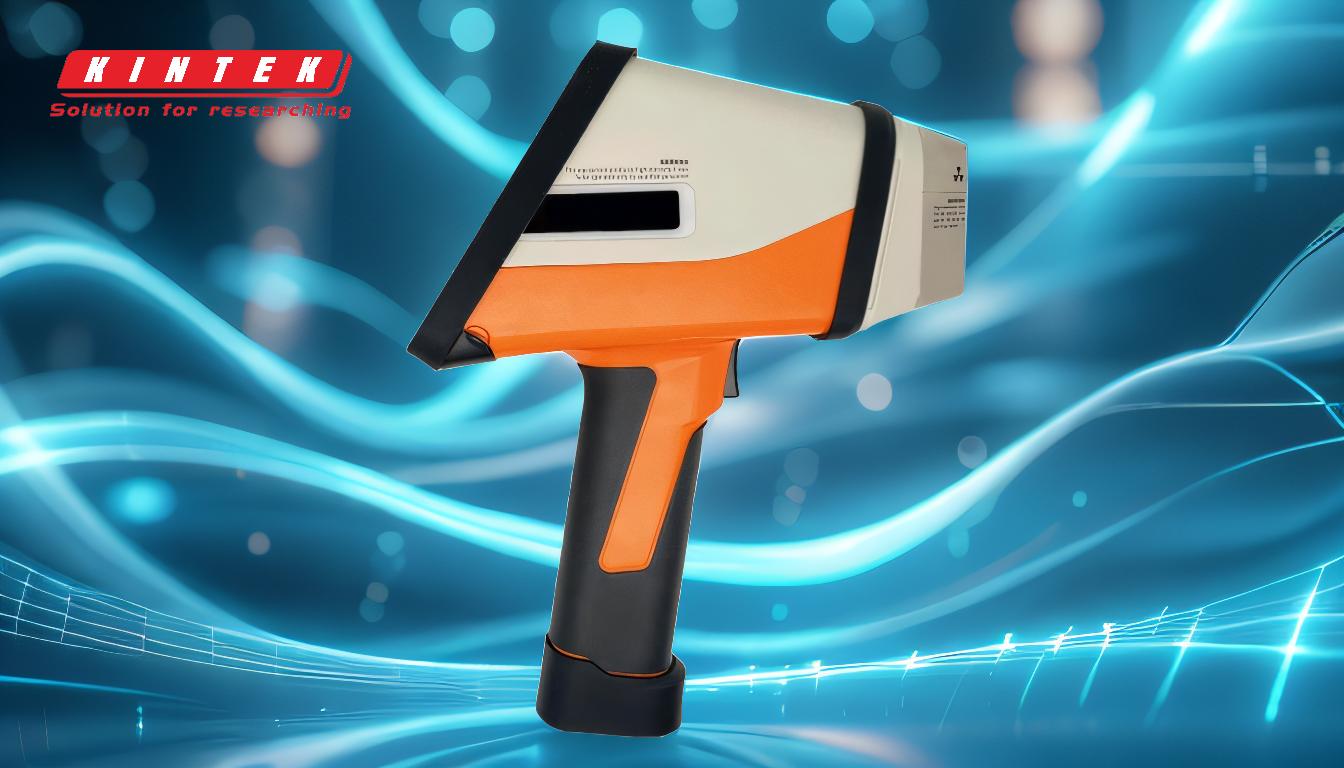Using an XRF (X-ray fluorescence) device, especially a portable one, may require a license depending on your location and local regulations. In the United States, for example, possessing and using a portable XRF device with radioactive material needs either a general or specific license. It's important to understand and follow these regulations to ensure both legal and safe operation.
4 Key Points Explained: Do You Need a License to Use an XRF?

1. Definition and Function of XRF
- XRF stands for X-ray fluorescence, a technique used for non-destructive elemental analysis.
- Handheld XRF (HHXRF) allows for on-site analysis of various materials without needing to transport samples to a lab.
2. Regulatory Requirements for XRF Usage
-
Licensing in the United States:
- General License: Typically requires minimal formalities but users must adhere to specific regulations and safety protocols.
- Specific License: Issued by regulatory bodies after detailed scrutiny and may require more stringent compliance measures.
- Importance of Compliance: Users must ensure they understand and follow local laws regarding the use of XRF devices to avoid legal repercussions and ensure safety.
3. Safety and Radiation Concerns
- Radiation Exposure: XRF devices emit ionizing radiation, but when used according to guidelines, the exposure is minimal and comparable to natural sources.
- Operational Safety: Users are advised not to point the device at people and to follow all safety instructions to mitigate risks.
4. Training and Calibration
- Training: It is recommended to receive training from qualified personnel to understand XRF theory, operation, and safety measures.
- Calibration: Regular calibration and fine-tuning of the device may be necessary to ensure accurate and precise results, especially when dealing with specific elements or materials.
5. Applications and Limitations of XRF
- Applications: XRF is used in various fields including metal analysis, geology, environmental testing, and quality control in manufacturing.
- Limitations: XRF cannot detect elements lighter than magnesium and does not provide information on the chemical structure of the materials.
By understanding these key points, a lab equipment purchaser can make informed decisions about the acquisition and use of XRF devices, ensuring both compliance with regulations and effective application in their specific field of work.
Continue exploring, consult our experts
Experience the precision and compliance of KINTEK SOLUTION's XRF devices firsthand. With a robust selection of XRF equipment tailored to meet various regulatory requirements, you can operate with confidence. From elemental analysis to on-site testing, our commitment to safety, compliance, and performance excellence makes us the go-to choice for professionals. Don't miss the opportunity to elevate your laboratory capabilities. Get in touch with our team today to explore how our XRF devices can meet your specific needs and regulations. Act now and discover the KINTEK SOLUTION advantage.












